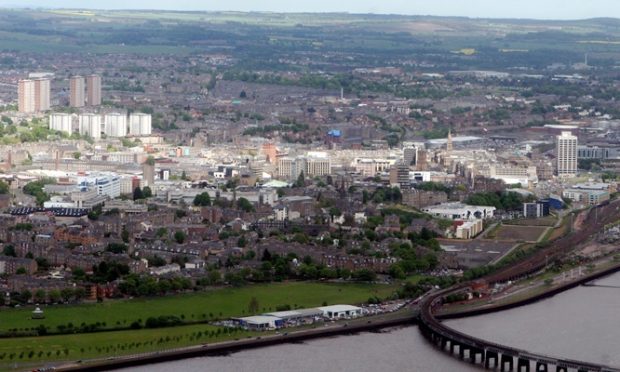Almost 6,000 jobs have disappeared from the Dundee economy in the past three years, a survey has found.
The city council reckons the number of people employed by businesses and public sector bodies dropped from almost 84,000 in 2008 to a little over 78,000 last year.
The survey’s results have been published in the annual report of the single outcome agreement, which was signed by the Dundee Partnership and the Scottish Government and sets out a range of targets covering jobs, young people, social inequalities and wellbeing.
The report will be presented to councillors next week.
Council chief executive David Dorward said: ”The ongoing impact of the recession on Dundee’s economic and employment success remains the partnership’s biggest concern, together with the implications of financial pressures on public sector budgets.”
This is the final few months of the current plan and a new single outcome agreement (SOA) will be produced this summer covering the period to 2016.
It is clear that the current one has been affected by the troubles in the UK and world economies. The report explains: ”The SOA has been delivered against a backdrop of particularly challenging economic conditions. Although levels of worklessness have risen less sharply in Dundee than across Scotland as a whole, the downturn has nevertheless had an impact.
”At a local level, high levels of public sector employment make the city’s economy particularly vulnerable to cuts in public expenditure. In many respects, however, Dundee is well positioned to benefit from improvements in the wider economic context.”
The report notes that despite some setbacks, the city is continuing to establish itself as a centre of excellence in life sciences and the computer games industry.
It had also enjoyed the biggest increase in new retail outlets of any Scottish city in the first half of 2011 and is looking to take advantage of investment in marine renewable energy.
The success of the city’s two universities in attracting students have contributed to a small rise in population over the past three years, reversing a long-term downward trend. However, the recession has contributed to a sharp fall in new-build housing.
Investment in transport infrastructure is seen as key to further economic development, including upgrading the railway station, creating a park and ride facility and improving vehicle access to the port.
The centrepiece of the waterfront regeneration project is the V&A at Dundee, due to open in 2015. The partnership reckons this will transform Dundee’s image and act as a magnet for hundreds of thousands of tourists.
Its report adds: ”The performance of Dundee’s economy has mirrored the wider global and national economic context with reductions in overall job numbers, rising numbers of benefit claimants and a reduction in the percentage of the working-age population in employment.”
Support for those interested in self-employment was offered through the council’s E-Zone project, which helped 40 start-ups.
One of the Dundee Partnership’s key aims is to raise the number of school leavers going into a job, training or further or higher education.
The city has the third lowest rate of ex-pupils going on to a positive destination out of 32 local authorities. However, the report notes that the city does have the highest proportion of school leavers going to college at 39.5%.
